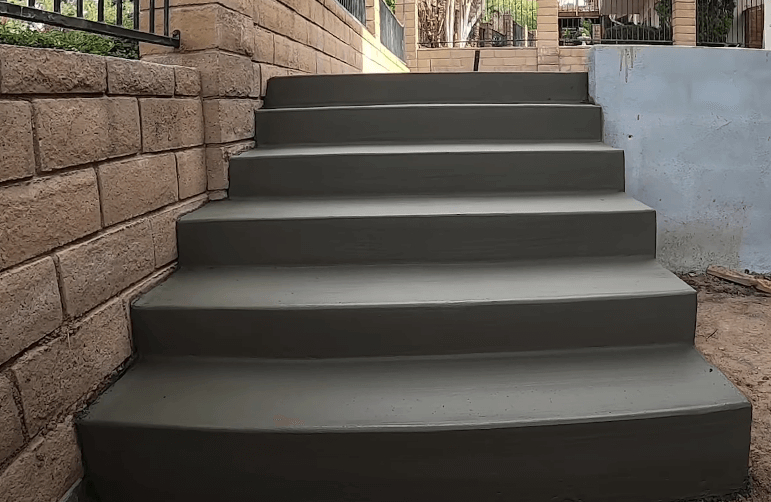
by SACS | Aug 20, 2022 | Uncategorized
A firm, chemically inert material known as an aggregate, which is often made from several types of sand and gravel, is cemented together by cement and water to form the building material known as concrete. Sand, crushed stone, gravel, slag, ashes, burned shale,...
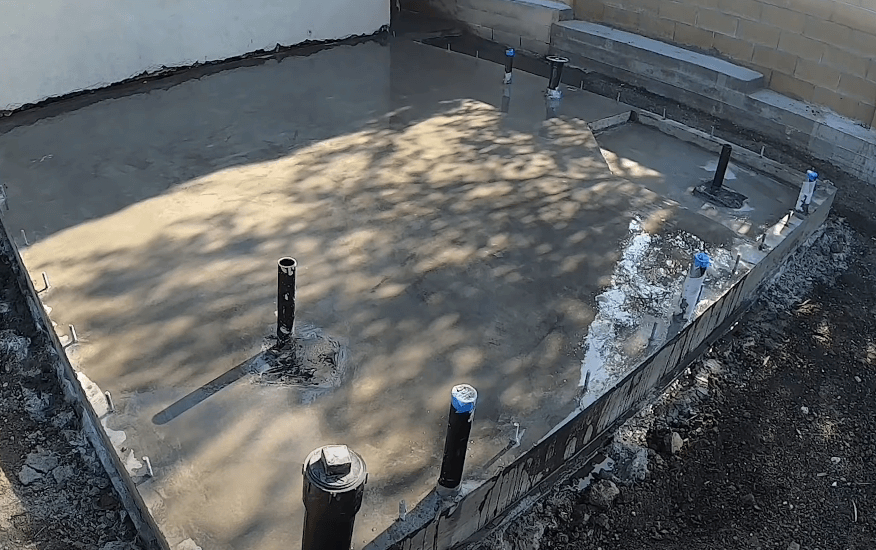
by SACS | Aug 19, 2022 | Uncategorized
The concrete slab installation includes setting up the formwork, placing the reinforcement, pouring, compacting, and completing the concrete, and then taking down the formwork and curing the concrete slab. Build and Install Formwork for Slab The formwork...
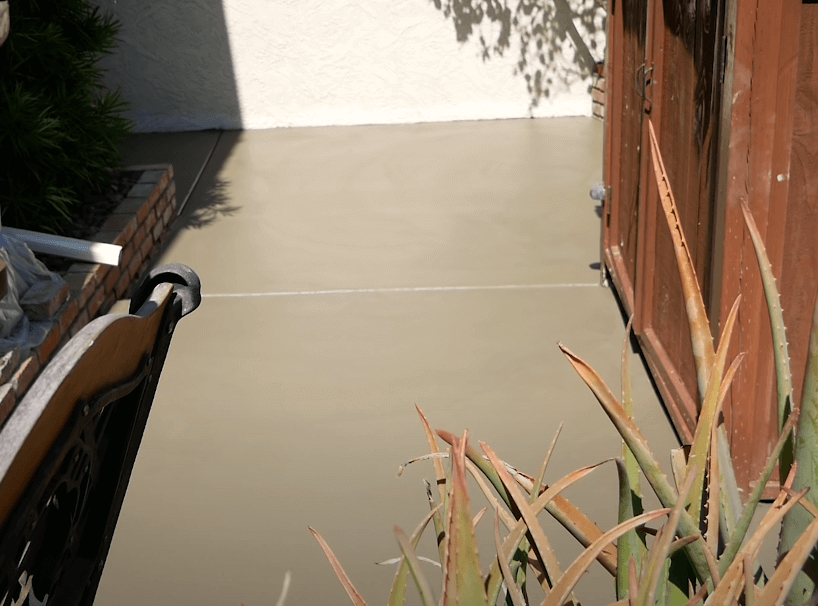
by SACS | Aug 16, 2022 | Uncategorized
A retaining wall is a structure designed to withstand horizontal, or lateral, pressure from soil or to hold objects behind it. They are designed to retain soil fill materials. They are typically built to stop erosion from causing the soil to slope downward. They are...
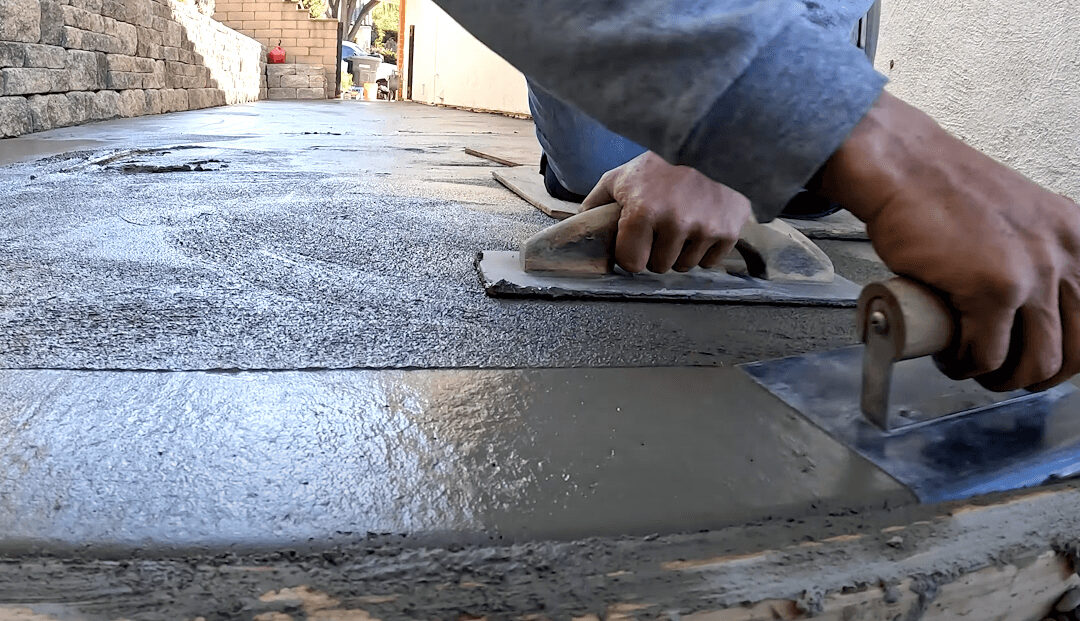
by SACS | Aug 14, 2022 | Uncategorized
Due to its accessibility and adaptability, concrete is arguably the most commonly utilized building material in the world today. The Sydney Opera House, the Lotus Temple in Delhi, and the Burj Khalifa in Dubai are just a few of the world’s most magnificent...
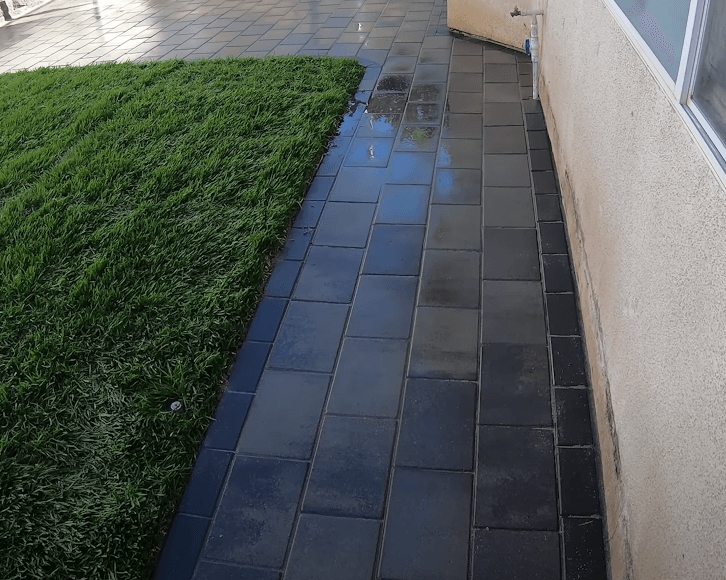
by SACS | Aug 12, 2022 | Uncategorized
Did you know that the use of concrete dates back to at least 6500 BC? That equates to more than 8,000 years and 240 generations ago. Therefore, as you stroll along your concrete driveway or unwind by your pool’s concrete deck, you are actually making a...
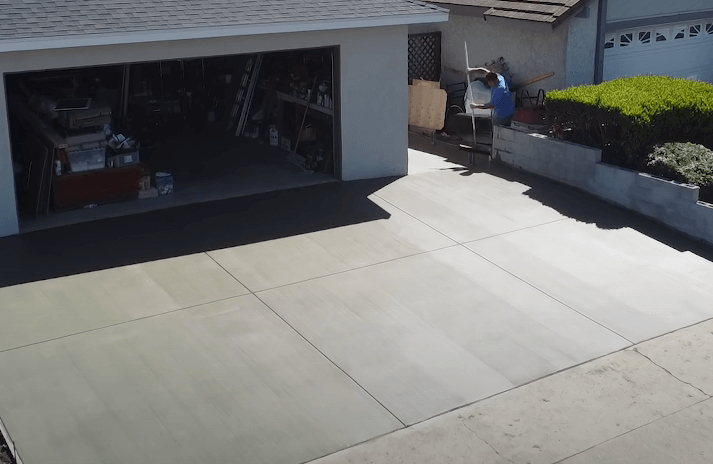
by SACS | Aug 10, 2022 | Uncategorized
In regions where there may be a lot of foot traffic, urban planners and concrete contractors Mobile AL install sidewalks. Parks and other green spaces frequently include paved walkways that are intended to orient walkers in a particular direction. By giving people a...






